The Costliest Deleted Scenes That Never Made It to Screen
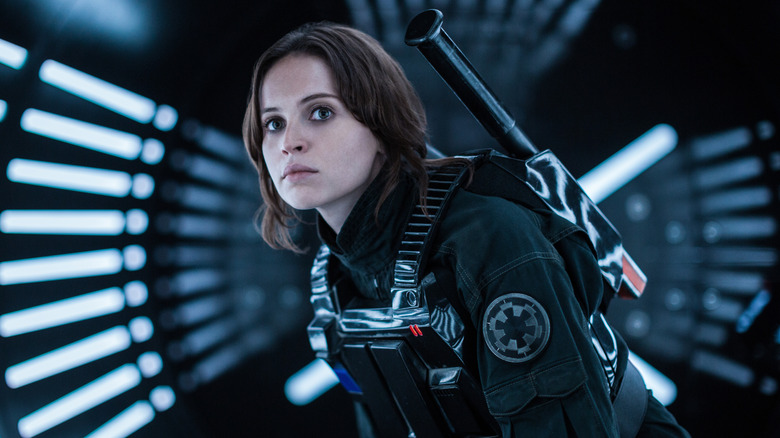
The finest movies seem flawless. Each scene appears as if it was meticulously crafted for the big screen when you watch them. However, filmmaking itself can be quite chaotic; during production, many projects encounter rough spots, abandoned notions, and moments where creativity hits a snag before finally reaching theaters. As a result, some footage gets left out—scenes excised very close to release time. Even though these parts didn’t make it into the finished film, their removal required significant effort and expense since so much had been invested in them by those who brought the movie together. Thus, cutting such sections turned out to be both expensive yet necessary work.
Typically, production companies trim such scenes prior to spending excessive funds on them. Nonetheless, not every film escapes this fate, leading to extremely costly (and occasionally even super-hilarious) deleted scenes That will never see the light of day for the general public. The rationale for maintaining these sequences under wraps encompasses numerous elements; maybe they were deemed too offensive , or perhaps it’s simply because the director doesn’t think the audience deserves to view a project’s discarded footage. Regardless of the reason behind their absence from public availability, this restricted access often transforms these costly cuts into legendary tales within cinema history. Despite our inability to actually watch them, the narratives surrounding what these scenes encompassed and the reasons for their removal persist indefinitely.
Read more: Movies That Permanently Damaged Actors' Bodies
The Original Mike Myers Audio From Shrek
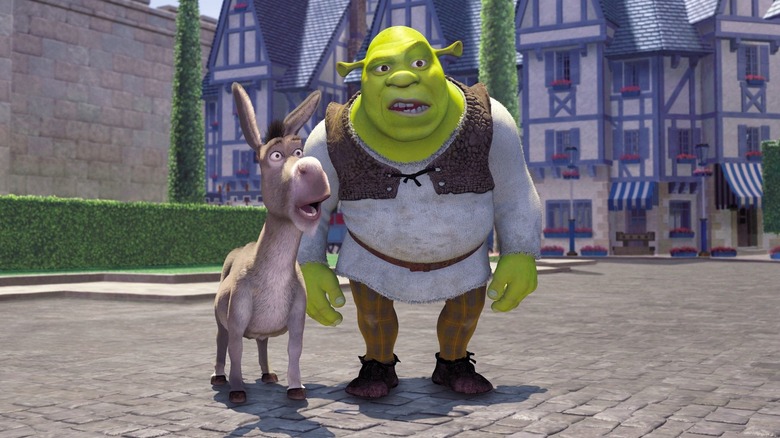
You can't imagine "Shrek" without Mike Myers. Although Chris Farley was initially cast for the role before his untimely death, Myers' signature Scottish accent brought the irritable ogre to life, becoming integral to the essence of this film series. It’s surprising to think that at first, Myers had envisioned the character with a completely different vocal approach.
Indeed, Shrek originally featured a Canadian accent reminiscent of the voices Mike Myers encountered daily during his upbringing in Canada. Nevertheless, being a renowned perfectionist, Myers realized that the part required an additional touch. It was then that his spouse (originally from Scotland) proposed giving Shrek a Scottish accent instead. Looking back, this choice seems obvious, yet at the time, executives at DreamWorks Animation were deeply worried about altering the character’s voice.
The issue at hand was that expensive computer animations were already produced based on Mike Myers' conception of Shrek’s Canadian-accented version. Transitioning this to a Scottish accent would entail significant financial resources and effort. According to past reports, redoing the animation could have cost up to $5 million; although Myers later contested these numbers. Regardless of the actual expense, discarding the initial “Shrek” scenes wasn’t inexpensive. Nonetheless, this decision ultimately proved astute. The addition of Shrek’s Scottish accent perfectly complemented his persona and played a crucial role in endearing him universally to audiences worldwide.
World War Z's Initial Third Act
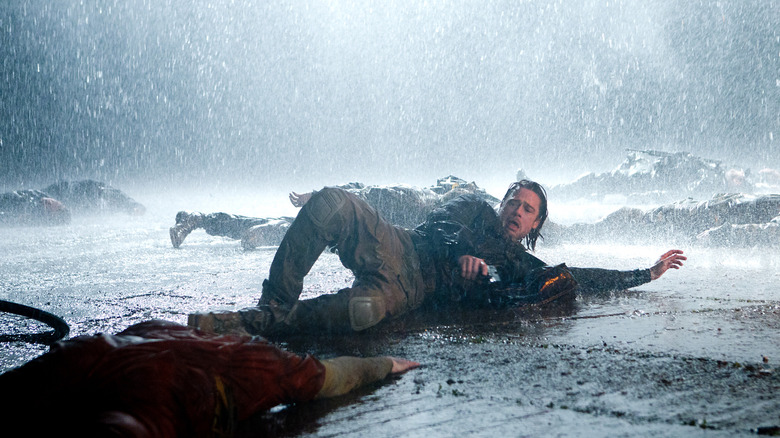
The producers behind "World War Z" might've been happier to deal with actual hordes of zombies than all the chaos that unfolded behind the scenes of the 2013 Brad Pitt blockbuster. The already costly adaptation of author Max Brooks' novel of the same name originally had a sprawling, action-heavy third act involving Pitt's Gerry Lane brutally killing zombies in Russia. It was a massive conclusion, meant to make "World War Z" fit into a summer movie landscape defined by flicks like Michael Bay's "Transformers" epics.
As the movie moved into post-production, everyone realized that the scene prioritized grandeur over substance. During 2012, talents such as "Lost" producer Damon Lindelof were enlisted to develop an alternative climax for "World War Z." This ultimately transformed into a more personal sequence where Lane flees from zombies within a hospital setting, drawing inspiration from traditional zombie movies.
It's never been divulged how much the original, Russia-based finale cost. Reports indicate that the "World War Z' budget ballooned to $190 million, which must've included a good chunk for the original grand finish. However, the sequence's CG zombies, which were set to be added in post-production, were never fully finished, which may have saved Paramount Pictures and other financiers at least some money. Still, removing the expansive set piece that took ages to shoot wasn't a cheap process for "World War Z." It was just one of countless hardships experienced by this 2013 blockbuster.
Maleficent's Original First Act
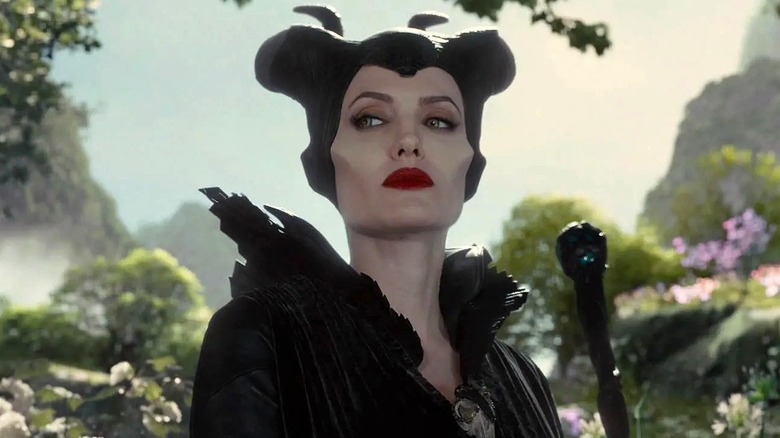
Though it was ultimately a tidy moneymaker for Disney, "Maleficent" didn't have an easy road to the big screen. Helmed by first-time director Robert Stromberg (primarily famous for his work as a production designer), the Angelina Jolie-led film underwent major reshoots written by "The Blind Side" director John Lee Hancock. The new material focused on "Maleficent's" origin, chronicling the youngest years of the film's titular lead character. These reshoots were extensive enough to include overhauling the cast members of "Maleficent's" earliest sequence; future "Fallout" star Ella Purnell took over the role of Young Maleficent from India Eisley, for example.
Perhaps even more intriguingly, every scene featuring Peter Capaldi and Miranda Richardson as King Kinloch and Queen Ulla, respectively, ended up being cut during post-production. Although they portrayed Maleficent’s uncle and aunt, these roles were eliminated because Stromberg aimed to reduce “Maleficent's” overall length. It’s probable that excising the Disney villain's immediate family members served to heighten the significance of her developing bond with the mortal boy, Stefan.
Nevertheless, even with all these elements considered, the expenses associated with hiring actors such as Richardson and Capaldi, along with the costly visual effects needed to transform them into fairies, render their absence from "Maleficent’s" final version rather unexpected. Although none of their footage was ever shown publicly until recently, in 2024, certain internet detectives discovered images of Capaldi adorned in his fairy costume as Kinloch. This revelation gave fans an insight into what could have been the original beginning scene for “Maleficent.”
Thor: Love And Thunder's Missing cameo appearances
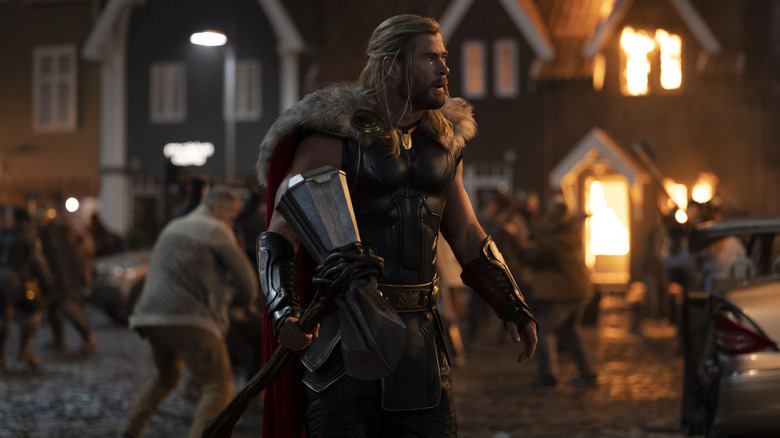
Peter Dinklage transitioned from being a respected supporting player in the 2000s to securing substantial paychecks, often even without leading roles in movies or television series. To illustrate, during the last season of "Game of Thrones," Dinklage reportedly earned approximately $1.2 million per episode. A few years later, he was said to have received around $2 million for his part as a co-star in "The Hunger Games: Ballad of Songbirds and Snakes."
Although obtaining Jeff Goldblum’s current standard fee might be challenging, it's unlikely he works for a low price these days. However, regardless of his usual rates, both Goldblum and Dinklage appeared in scenes for “Thor: Love and Thunder” that ultimately did not appear in the movie when it was released theatrically. Despite playing established roles within the Marvel Cinematic Universe once again, neither actor felt compelled to participate briefly, even with the opportunity to expand upon earlier storylines involving well-known figures. cameo, in "Love and Thunder" " final cut.
Writer/director Taika Waititi has claimed that this footage will never be publicly released for the same reason it was cut in the first place: Waititi didn't think these sequences were that good. Not even the mighty acting talents of both Dinklage and Goldblum (not to mention the cost of their salaries) could make their respective "Love and Thunder" screentime sterling enough to warrant public exhibition. Instead, whatever they were doing in "Love and Thunder" will have to exist only in the imaginations of MCU fans.
The Initial Version Of Bolt
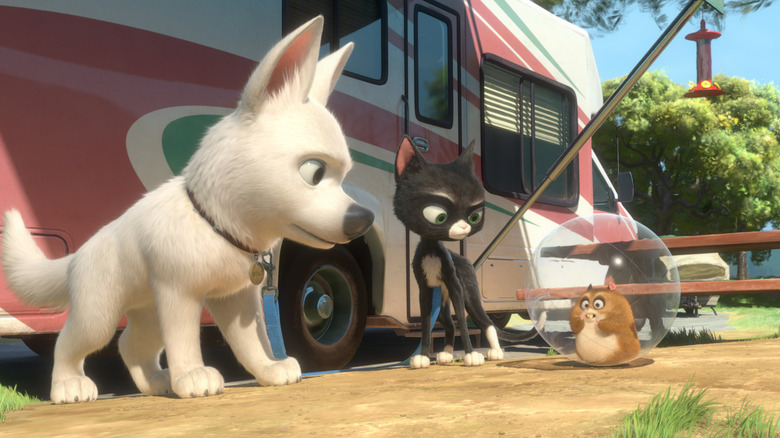
Walt Disney Animation Studios' "Bolt" had a rough journey to movie theaters. Long before its theatrical debut, the movie was meant to be the big follow-up directorial effort for "Lilo & Stitch" filmmaker Chris Sanders. At the time, it was going by the title "American Dog" and involved a similar plot about a Hollywood canine getting lost in everyday America, albeit with wackier character designs that evoked Sanders' distinctive art style.
Announced in late 2003, Sanders and the team spent years working on the project for a summer 2008 release. Unfortunately, all this effort was for naught. At the start of 2006, Disney bought Pixar Animation Studios. That outfit's leadership, namely John Lasseter and Ed Catmull, would take over Disney Animation Studios and begin evaluating in-development projects — including "American Dog."
By the end of 2006, Sanders departed from the project due to disagreements with the newly appointed Disney Animation leaders. Following this, a completely different group of creatives took charge, leading to the development of what became known as "Bolt." According to Sanders' account in his book "On Animation: The Director's Perspective Vol. 2," the finished work bore little resemblance to his original concept. Although specifics about the budget allocated for "American Dog" prior to its transition into "Bolt" remain undisclosed, the lengthy three-year production period must have incurred significant costs. Eventually, "Bolt" emerged as a profitable venture; however, achieving success entailed navigating through a challenging and costly redirection process.
Fantastic Four's Original Finale
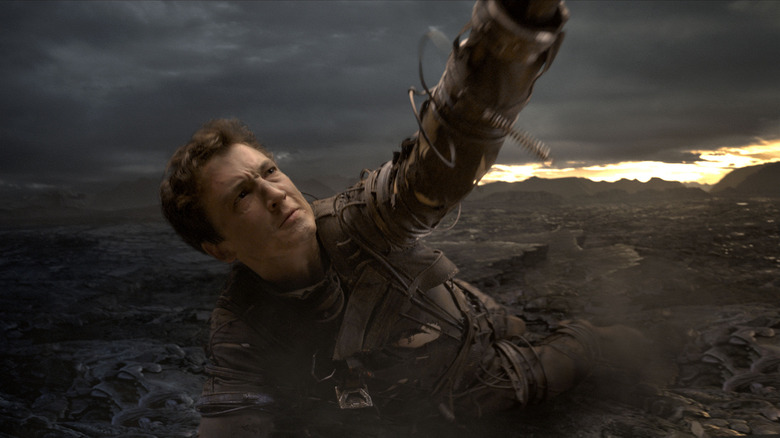
A number of comic book adaptations often require retakes of pivotal moments. Yet, few manage this without their essential lead actors present. In an interesting twist, Toby Kebbell—who was supposed to play Victor von Doom/Dr. Doom in director Josh Trank’s “Fantastic Four”—disclosed that he did not appear during the film's additional shooting sessions. Another performer took over his role for those particular scenes instead.
This point highlights the disarray surrounding the production of "Fantastic Four," where numerous scenes from the film’s first version were eliminated during reshoots. The movie's concluding sequence underwent significant changes as part of this overhaul. 20th Century Fox has not formally issued any of these visually effects-driven clips, and details about their financial impact remain undisclosed. Considering that these omitted end segments took place in an alternate realm and utilized extensive computer-generated imagery, it's safe to infer that they represented a substantial expense.
Since the disappointing performance at the box office for "Fantastic Four," enthusiasts online have gathered various publicly available stills and behind-the-scenes clips. This has provided audiences with some insight into how certain cutscenes might have appeared. Key moments showcased in the film’s trailers—such as Reed Richards frantically extending his hand on an extraterrestrial terrain or Sue Storm tearfully looking over Johnny's body—are believed to be parts of those excised segments. Nonetheless, apart from brief appearances in initial promotional materials, this content wasn’t formally included in the widely panned release of "Fantastic Four."
The Complete B.O.O.: Bureau of Otherworldly Operations Film
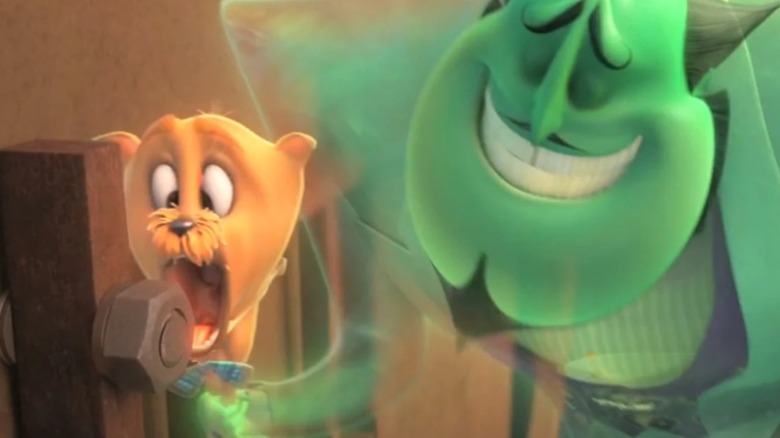
Years before Warner Bros. Discovery canned "Batgirl" deep into its post-production , DreamWorks Animation canceled the feature "B.O.O.: Bureau of Otherworldly Operations" just a little over six months before its announced release date. Starring Seth Rogen and Melissa McCarthy as ghostly heroes fighting an evil spectral entity (played by "Ghostbusters" veteran Bill Murray), the project was helmed by future "Emoji Movie" director Tony Leondis. With Octavia Spencer, Rashida Jones, Jennifer Coolidge, and Matt Bomer among the actors rounding out its ensemble cast, animators were tirelessly working on the production when it was shelved. Some estimates suggest as much as 60% of "B.O.O." was fully completed when the axe fell.
Even though they reportedly spent more than $100 million on “B.O.O.,” former DreamWorks CEO Jeffrey Katzenberg and other top brass decided it was wiser not to release the project publicly. They were worried about several aspects: primarily, the overall quality of the film; how the conclusion was developing; and particularly because the story revolved around Seth Rogen’s character who was a newly deceased dad. This central theme caused significant issues during the final stages of development, prompting questions among execs regarding audience appeal—specifically whether children would be interested in watching something so emotionally charged. These mounting troubles led to the cancellation of “B.O.O.” at the eleventh hour, and since then, DreamWorks hasn’t shown any official clips from what could’ve been. Yet, out of curiosity, various bits of completed animations from “B.O.O” occasionally surface online without authorization.
The Initial Try at a Third Act for Dark Phoenix
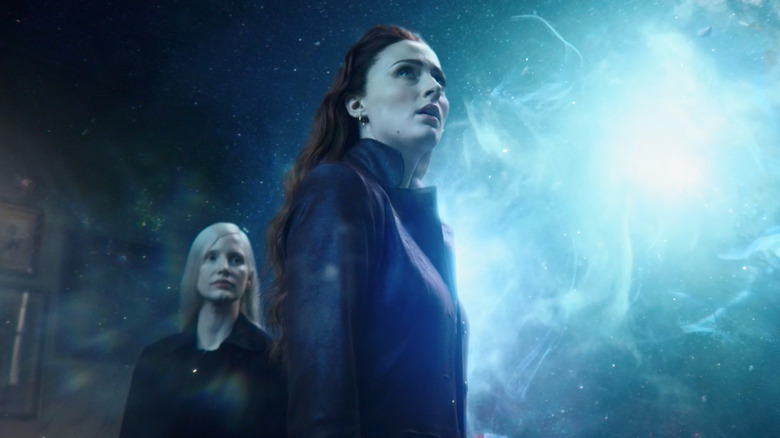
"The Fantastic Four" is not the sole 20th Century Fox Marvel film to undergo significant changes at the eleventh hour, particularly concerning its final act. Similarly, "Dark Phoenix," released in 2019, also underwent substantial revisions regarding how its climax was initially envisioned.
In promotional discussions for "Dark Phoenix’s" theatrical debut, lead actor Tye Sheridan disclosed that an earlier version of the movie's climax included a scene where Professor Charles Xavier and the X-Men traveled to the United Nations headquarters in New York City. Their mission was to alert the President of the United States about impending alien threats planning his assassination. In this proposed scenario, Jean Grey would have created havoc within the UN complex, with Skrull characters playing a role as well. This omitted storyline clarifies why "Dark Phoenix," despite featuring renowned actor Brian d’Arcy James as the president, barely utilized him in the released edition.
James McAvoy subsequently shed light on the additional complexity surrounding the production issues by mentioning that "Dark Phoenix" needed to alter its ending to prevent similarities with another contemporary superhero film. Although he didn’t specify which one, it’s presumed he meant “Captain Marvel,” released in 2019 by Marvel Studios and featuring Skrulls. This could account for why "Dark Phoenix" opted to use D’Bari aliens and opt for a more contained conclusion mainly taking place inside train carriages. Even though Sheridan and McAvoy commented on these changes, details about the original cut of the climactic scene have not been disclosed publicly. It has only come out that replacing and reshotting the final act reportedly pushed "Dark Phoenix"s budget over the $200 million threshold.
The Camelot Sequence in War of the Worlds
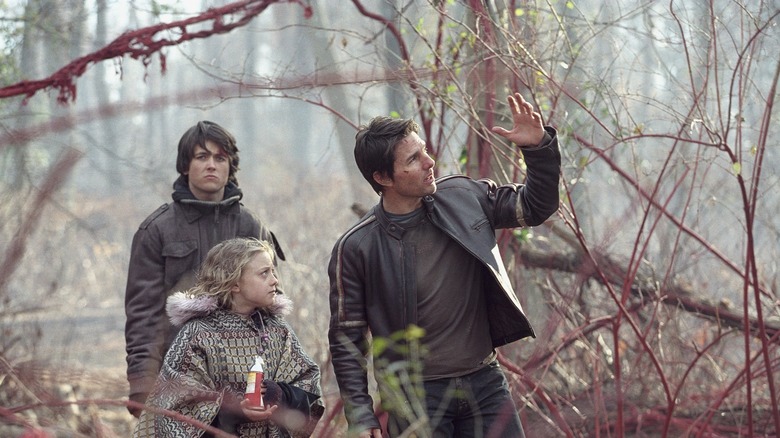
Steven Spielberg often creates films so cherished that their cutscenes gain almost mythical status. For instance, an unproduced scene from "Jaws," said to be particularly gruesome, has attained legendary standing due to its reported level of violence.
But unlike some deleted sci-fi movie scenes that fans never even knew existed One of Steven Spielberg’s unreleased scenes that have captivated the minds of science fiction enthusiasts for years is an extensive, extraterrestrial-focused segment from “War of the Worlds.” This particular scene, dubbed “Camelot” by devoted followers of the movie, occurs towards the end where Ray and his family witness alien tripods descending upon individuals who had sought refuge in what was previously a peaceful residential area. As these mechanical beings brutally kill those hiding within their houses, the three protagonists observe in horror. Although several stills from the so-called “Camelot” sequence appeared in Cinefex magazine around mid-2005, this part of the film remains unshown to the public at large.
Considering it would have primarily featured digital tripods and practical locations devastated by these elements, "Camelot" was bound to be an expensive segment to create. Nevertheless, it wasn’t included in the final edit. Additionally, neither the home video release of "War of the Worlds" nor any subsequent editions incorporated it or other excised scenes. Yet, long after "War of the Worlds" first hit theaters, "Camelot" has gained near-mythical status online. Numerous petitions calling for its release can be found, and a swift Google search reveals myriad fan-generated recreations of the scene.
Rogue One's Original Climax
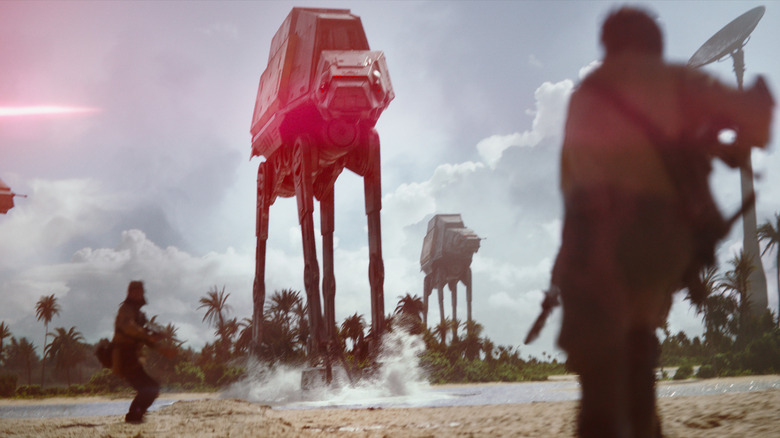
Currently, the "Rogue One" segment of the expansive "Star Wars" cosmos has become highly celebrated for birthing the cherished television series "Andor." Yet, just one year prior to the film’s debut, it faced significant challenges. The initial version directed by Gareth Edwards encountered substantial issues which led to major reshoots. Renowned director Tony Gilroy, known for his work on “Michael Clayton,” was brought aboard not only to pen additional scenes but also to steer parts of production through these turbulent times. As a result, nearly all aspects of "Rogue One" underwent transformations; however, most changes were concentrated primarily on specific areas needing overhaul. "Rogue One's" final act , which featured the film’s lead actors taking part in the theft of the Death Star plans and ultimately collaborating as a team.
The precise expenses associated with the omitted scenes remain unclear, however, Gilroy reportedly received at least $5 million solely for developing the fresh "Rogue One" content. It’s uncertain how much was spent constructing the sets and employing crew members and other essentials required for both the initial and revised versions of pivotal scenes.
Even though these cut segments became well-known, none of them made it into the home video version of "Rogue One." According to Edwards, these omitted parts were too short to be considered full scenes, and he felt that releasing them wouldn’t add value for viewers. Consequently, "Star Wars" enthusiasts could catch only fleeting glimpses of the excised content in the movie’s promotional trailers and featurettes before its release.
The Initial Kevin Spacey Scenes In All The Money In The World
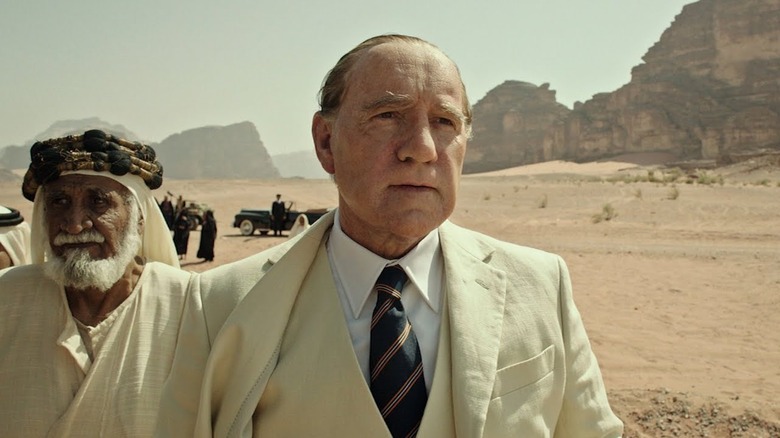
One of the darkest and most chaotic examples of costly scenes being cut from a movie at the last minute involves the 2017 Ridley Scott feature "All the Money in the World." This crime thriller hinged its very first trailer on the closing reveal that Kevin Spacey played the elderly J. Paul Getty. Combine the fact that Spacey was making as much as $500,000 an episode on "House of Cards" as late as 2017 with the costly prosthetic effects used to add decades to his appearance, and this particular role was undoubtedly a tremendous financial commitment for the studio. However, a series of sexual assault and misconduct allegations against Spacey threw a wrench into the "All the Money in the World" machine.
Weeks before "World's" late December 2017 release, Scott and company had to reshoot Spacey's scenes with Christopher Plummer. This endeavor cost an additional $10+ million on top of the money already laid out to shoot the original sequences. Sometimes it's mysterious why costly deleted scenes aren't released on physical media for viewers, but it's very obvious why Scott's been adamant that Spacey's "All the Money in the World" scenes will never see the light of day. With new allegations and lawsuits being filed against Spacey as late as 2025, the artists behind "World" don't want to give him more attention.
Read the original article on Romero.my.id .
0 Response to "The Costliest Deleted Scenes That Never Made It to Screen"
Post a Comment